By: Pau Villanueva/ Philippine Center for Investigative Journalism
Indigenous peoples have long been considered guardians of global biodiversity, who have accumulated intimate knowledge of the ecosystems in which they live. Villanueva’s photo essay shows how development aggression not only threatens indigenous culture that is deeply rooted in land, but also the extinction of an entire heritage, in the context of the Aetas in Capas, Tarlac.
Nature and biodiversity are more than just resources for food, water, energy, and raw materials for the Aeta communities of Capas, Tarlac. Their cultural identity, well-being, and spiritual traditions are grounded on their regard for the living world. Among Philippine indigenous groups, the Aetas are quite known for their extensive amount of herbal knowledge and indigenous healing modalities.
Spirituality is a way for them to honor their worldview, which has existed throughout history and was traditionally adopted by their ancestors who have lived in the Luzon mountain ranges even prior to colonization. Aeta healers, locally called “mang-aanito”, are highly sought after in their community to ensure the well-being of their people. Considered custodians of their ancestral knowledge and philosophies, these community elders are keen on preserving their indigenous ecologies.
One of the local healers in Sitio Binyayan, Nida Cautibar recalls how her calling began. “When I was sick with typhus, my Aeta neighbors took care of me and eventually taught me how to use herbal medicine,” says Nida. “Being trusted with this knowledge, it has now become my responsibility to heal the sick without asking for compensation,” she adds. Aeta healers believe that their mission is to share their healing experience as a means of maintaining society rather than a means of acquiring wealth. Healing, for them, is also a way to give back to both the Aeta and the non-Aeta community.
Land development projects such as the New Clark City being built in Capas, Tarlac continues its relentless path without free, prior, and informed consent from the Aetas that have long been residing in the area. According to the official website of the Bases Conversion and Development Authority (BCDA), its implementing agency, the city is designed to be “wrapped around magnificent views of the hills.” The changing landscape – from flora and fauna to roads and infrastructures – continues to render irreversible damage to their natural cultural markers. The natural world where they are living is the Aeta’s only source of information, passed on from one generation of Aeta to another through oral tradition.
“We used to roam the forests freely but now, we are scared. We are restricted in our own lands”, says Rosette David, an Aeta healer who has been living in Sitio Bagingan for more than 28 years. “Nature is vanishing as roads are being paved.”
The world over, indigenous peoples have long been considered guardians of global biodiversity, who have accumulated intimate knowledge of the ecosystems in which they live. Development aggression not only threatens indigenous culture that is deeply rooted in land, but also the extinction of an entire heritage.
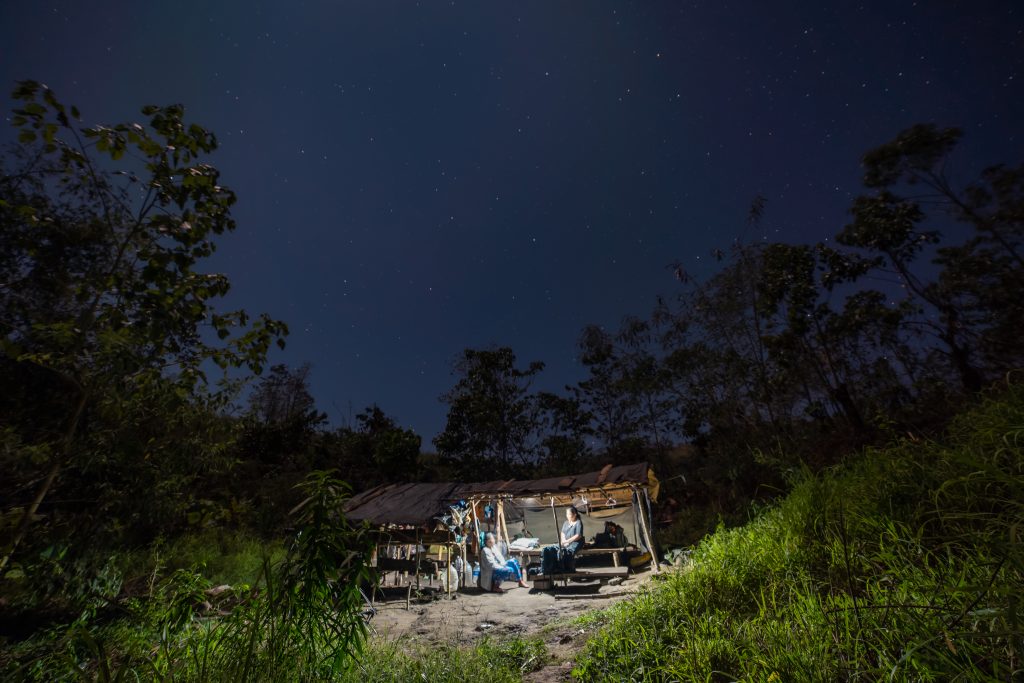
A small native hut in Sitio Alli where an Aeta family lives is situated near one of the ongoing construction sites of the New Clark City in Capas, Tarlac. The Aeta residents find it difficult to sleep whenever construction goes overtime at night. 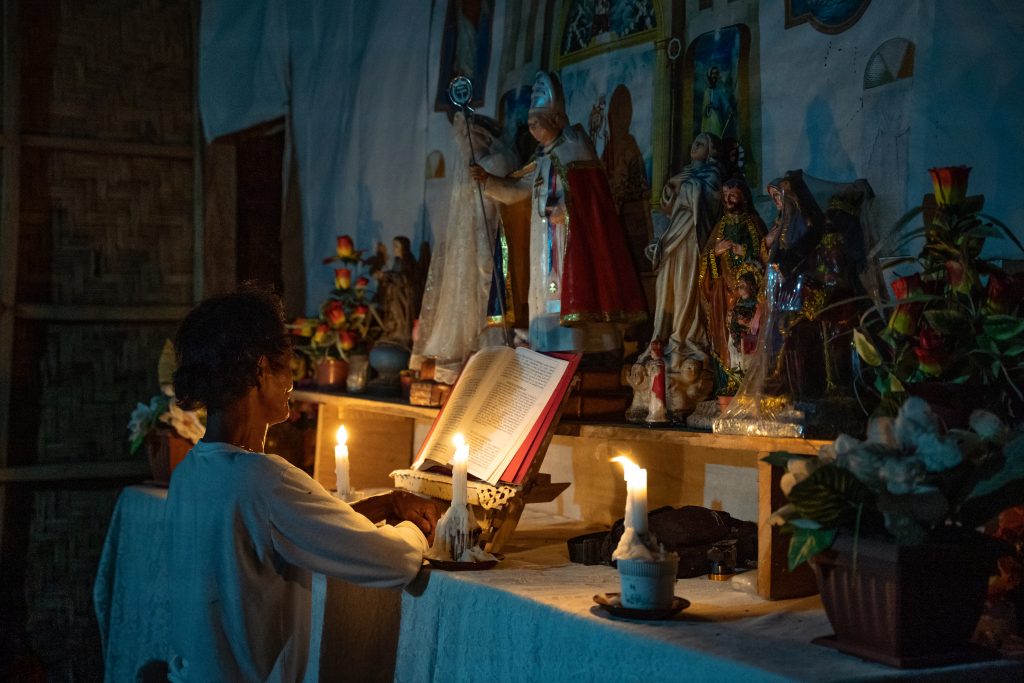
An Aeta devotee of the Crusaders of the Divine Church of Christ in Sitio Kawayan kneels at their chapel’s altar to pray. Other religious orders and benevolent groups have as well been acknowledged by Aeta communities in Capas, Tarlac. Even within these denominations, Aetas still practice their own spiritual beliefs that have been instilled on them by their ancestors. 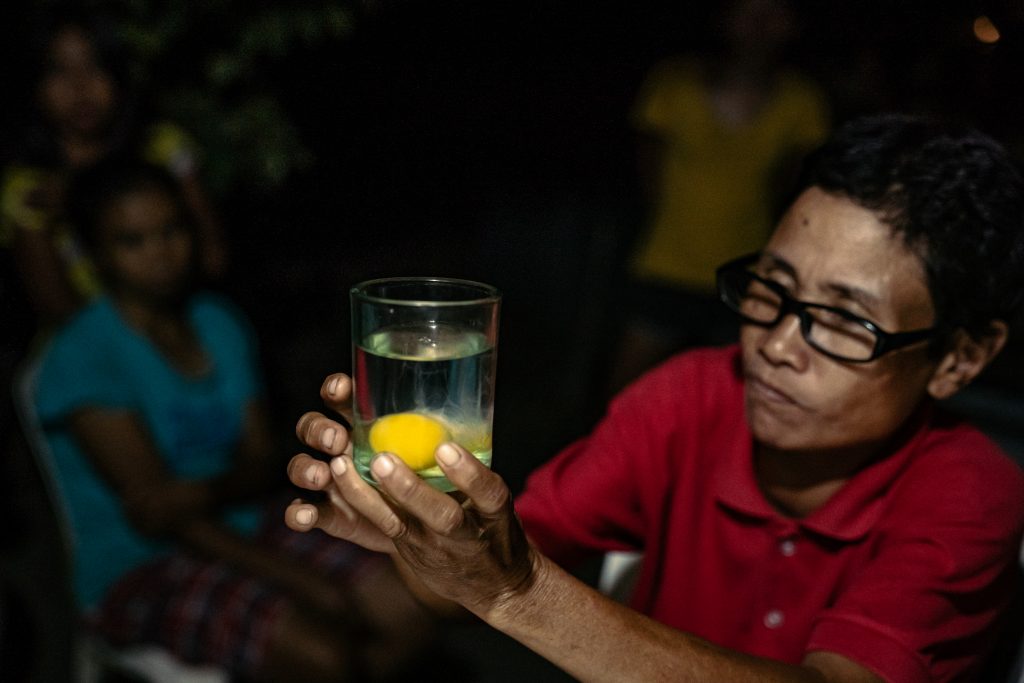
Nida Cautidar, a local healer from Sitio Kalangitan, performs a diagnostic ritual by cracking a raw egg into a glass of water to be examined for any change in shape that might suggest the nature of one’s illness. Nida learned these healing modalities from years of living in Capas, Tarlac surrounded by Aeta communities. 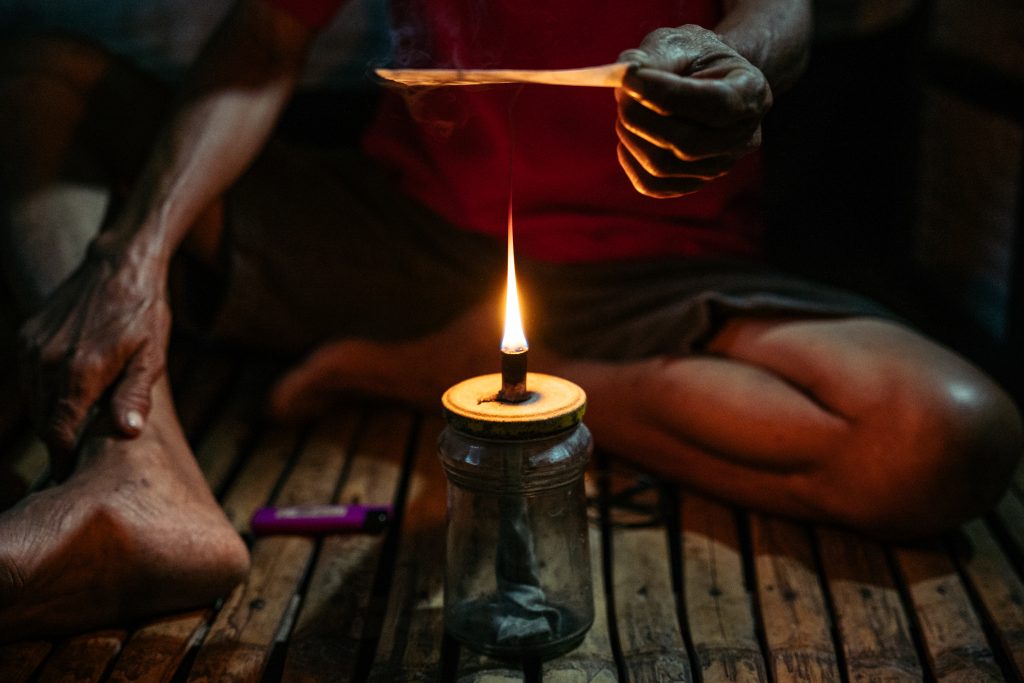
An alternative diagnostic ritual performed by healers to identify maladies involves hovering a blank paper over a gas lamp. According to Nida Cautidar, the resulting burnt formations suggest that the sick person has unconsciously disturbed dwelling places of spirits. 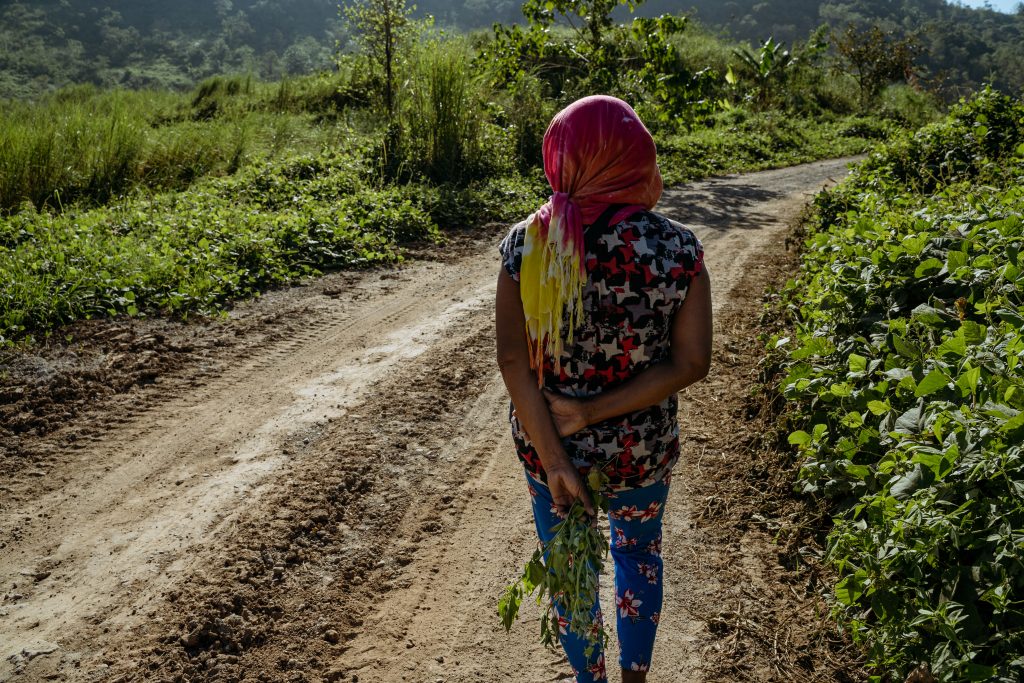
Leah, an Aeta resident, holds freshly picked hagonoy weeds while strolling along a flattened road in Sitio Alli, Capas, Tarlac. According to Leah, the area used to be rich in herbal plants and fruit-bearing trees where they can freely roam around. Now, security cameras are built alongside the road as the construction of the New Clark City is underway. (Names have been changed to protect privacy) 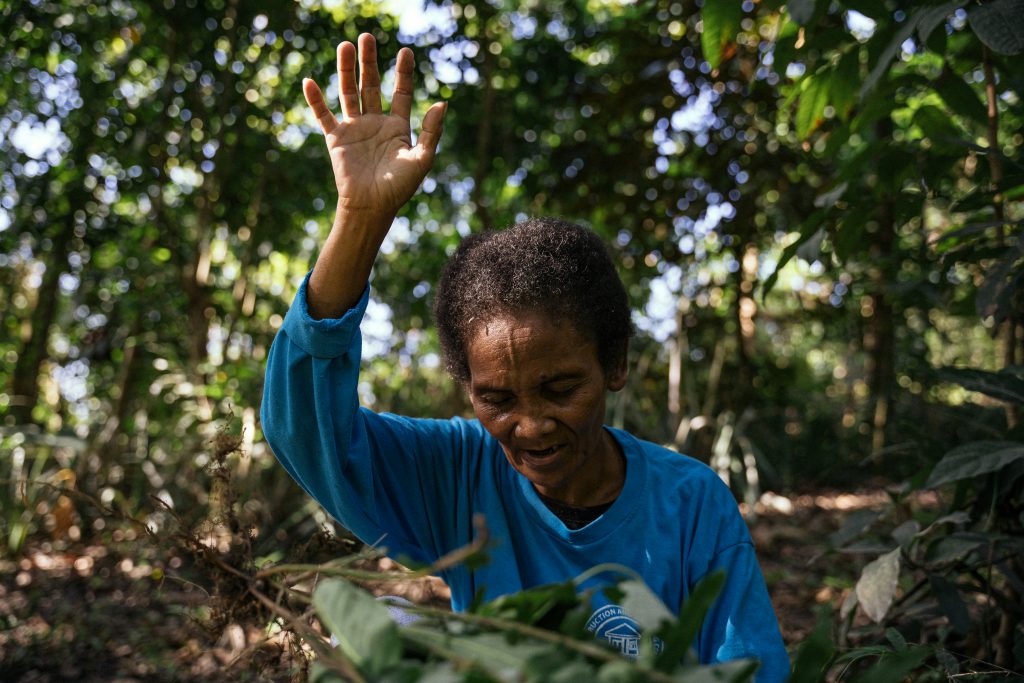
Lily De Guzman, an Aeta healer from Sitio Gayangan, prays over medicinal plants that she has gathered to be used for her sick grandchild. As one of the eldest Aeta healers from her community, Nanay Lily is revered for her spirituality and vast herbal knowledge. 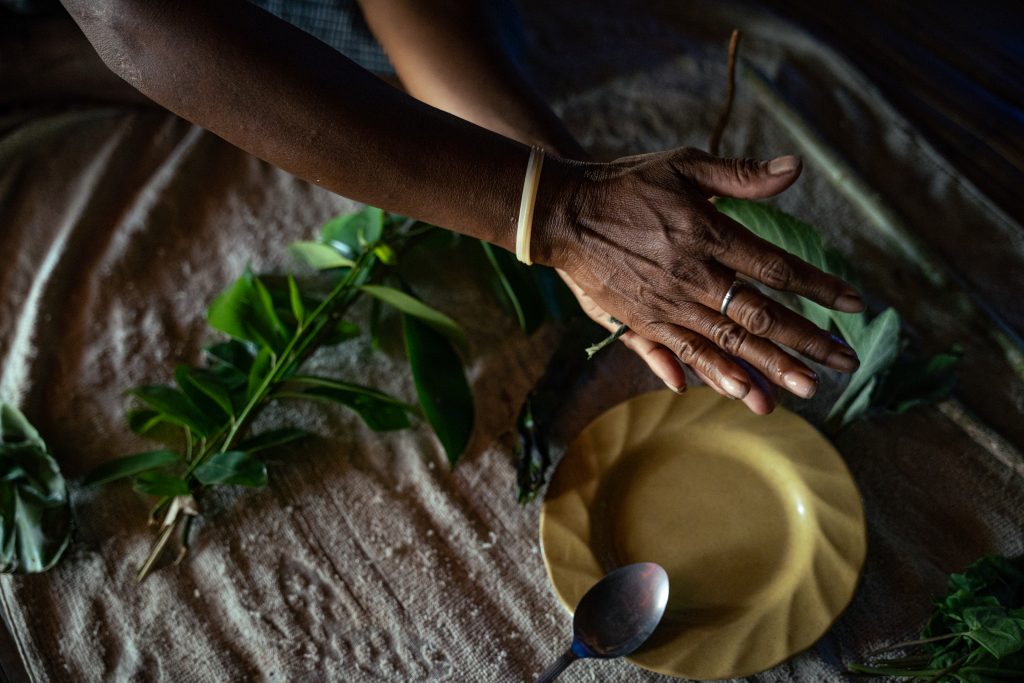
As a cure for stomach ache and diarrhea, sambong leaves are pounded to extract its juice for oral consumption. Living in the mountains where natural resources are abundant, the Aetas have utmost respect in the living world as their traditional medicine practices are deeply-rooted in nature. 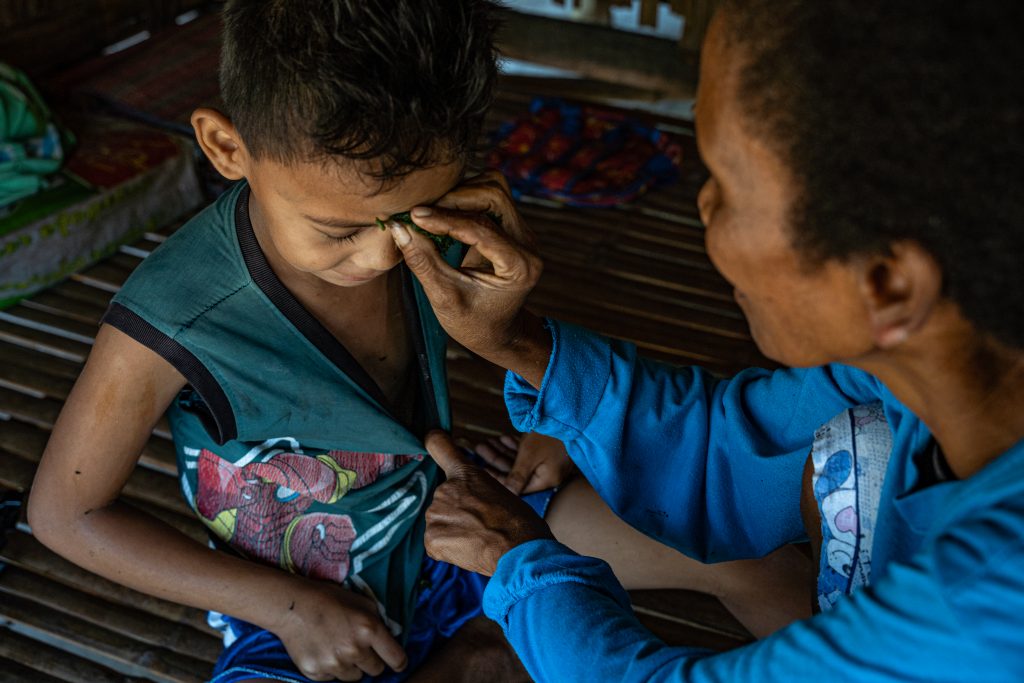
Lily De Guzman presses on hagonoy leaves moulded with salt onto her grandchild’s forehead after he shows symptoms of flu. For Lily and the Aeta community of Sitio Gayanon, they firmly believe that the hagonoy plant keeps them safe from the COVID-19 pandemic. 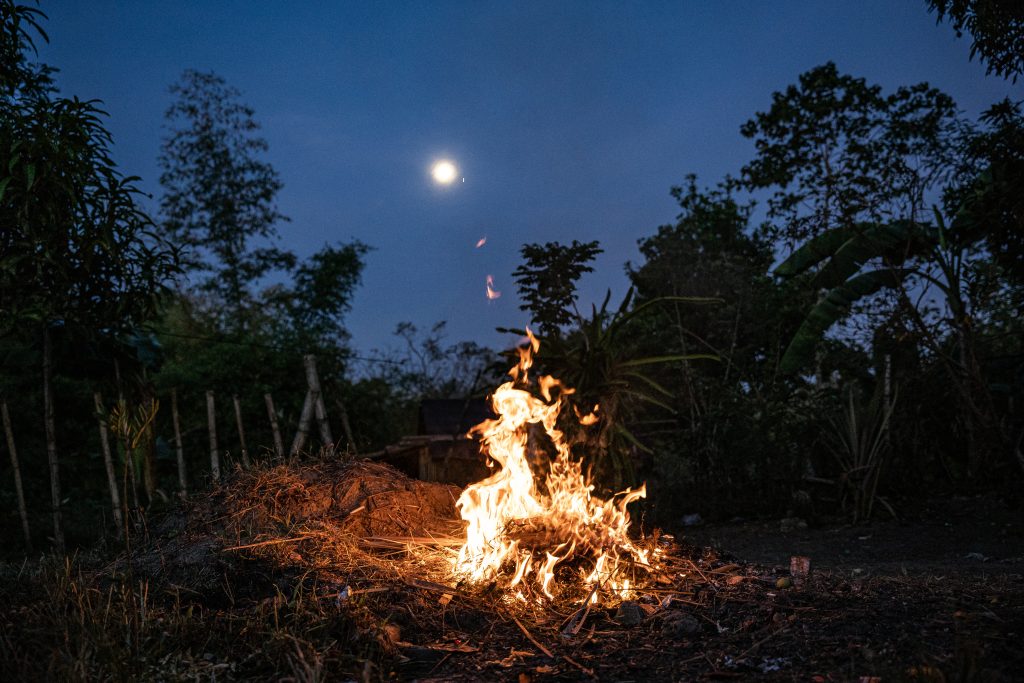
“Anituhan” is a kind of community healing ritual that is often performed by the healer along with family and relatives during full moon. In the Aeta culture, the “anito” represent environmental spirits residing in the natural world. Aetas believe that their traditional dances and music make it possible for one to be in contact with caring spirits, and that “pag-aanito” is the purest and highest form of ritual that they could perform to heal the person being possessed by spirits. 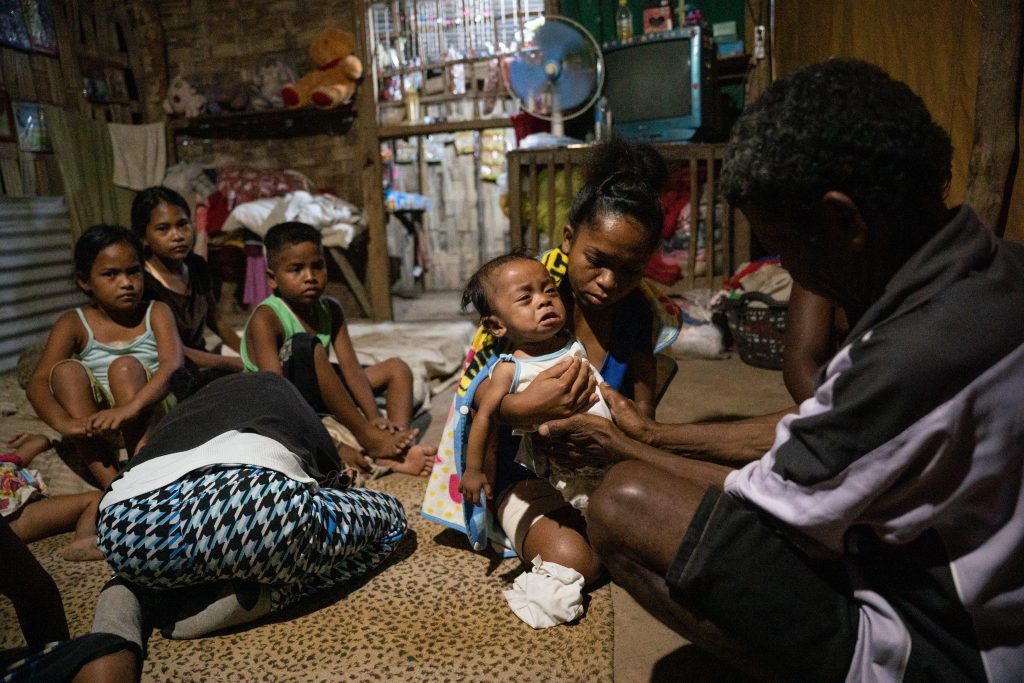
Oscar Capiz, an Aeta healer, chants as he performs the healing ritual of pag-aanito to his daughter Mary Grace (kneeling face down) and grandchild. According to Oscar, he traveled for two hours to show up at her daughter’s house in Sitio Flora because his personal spirit guide warned him that his daughter is experiencing severe stomach ache. When medicinal plants have no effect and the sickness differs from the ordinary case, a healer is called to hold a manganito séance to ask the spirits for instructions on removing the cause of the illness. 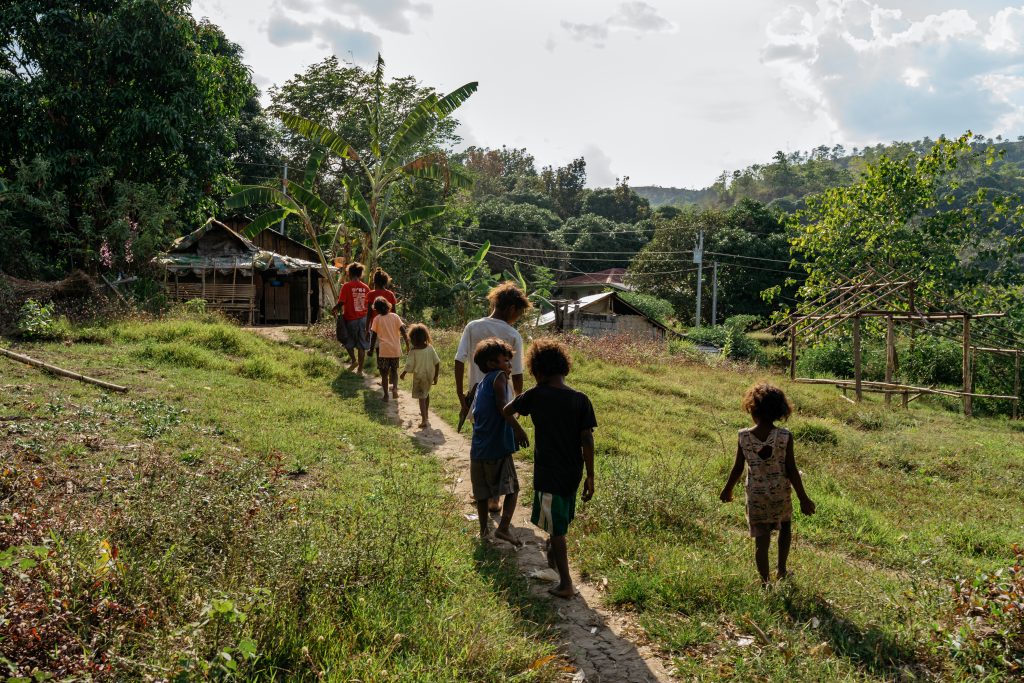
Rosette David, an Aeta healer, walks back to their home with her children after gathering herbal plants. Medicinal herbal knowledge and spiritual culture are to be passed on to the next generation of Aetas through oral tradition. 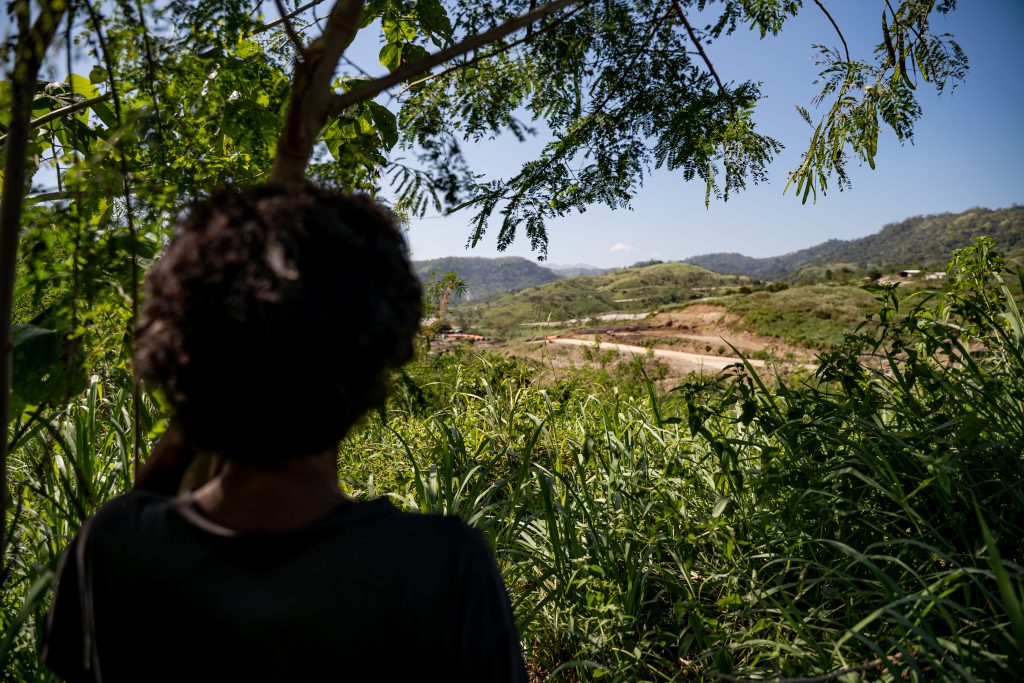
An Aeta looks at a construction site that was once cultivated land in Sitio Alli, Capas, Tarlac. The commencement of the New Clark City project instilled fear among the entire Aeta community as their natural cultural markers are being demolished.
This story is one of the twelve photo essays produced under the Capturing Human Rights fellowship program, a seminar and mentoring project organized by the Philippine Center for Investigative Journalism and the Photojournalists’ Center of the Philippines.

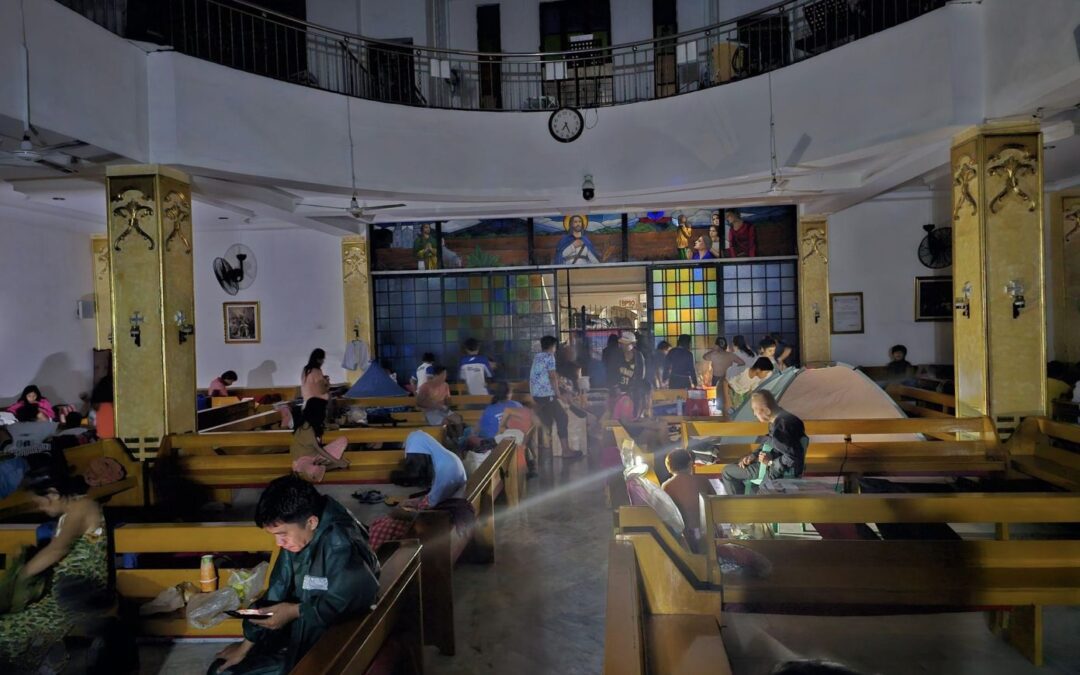

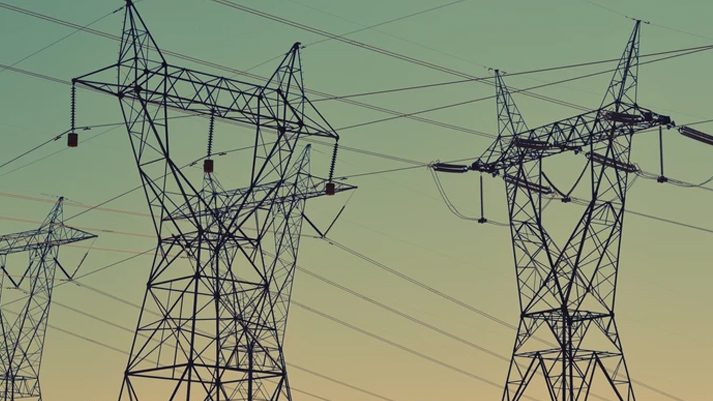
0 Comments